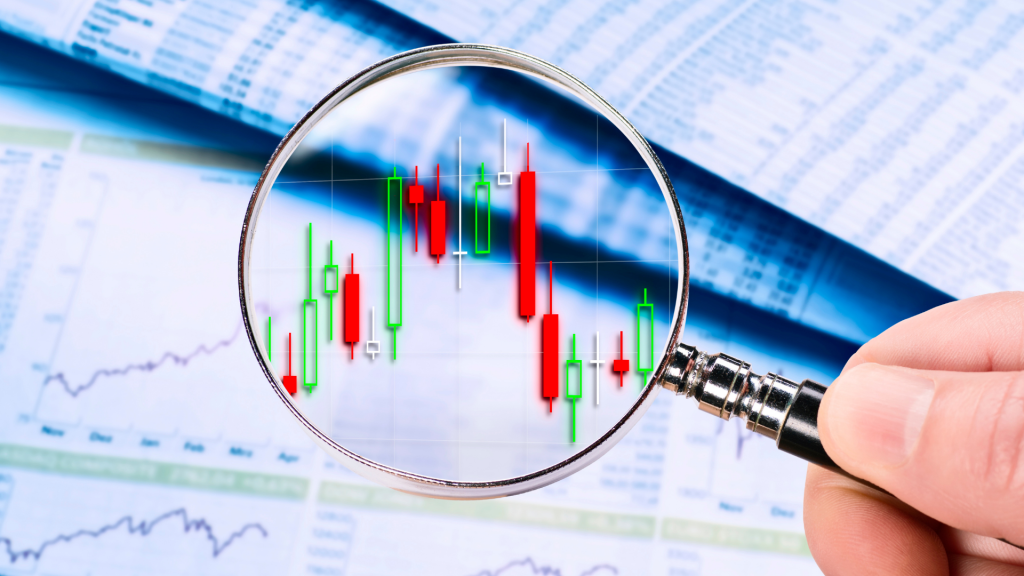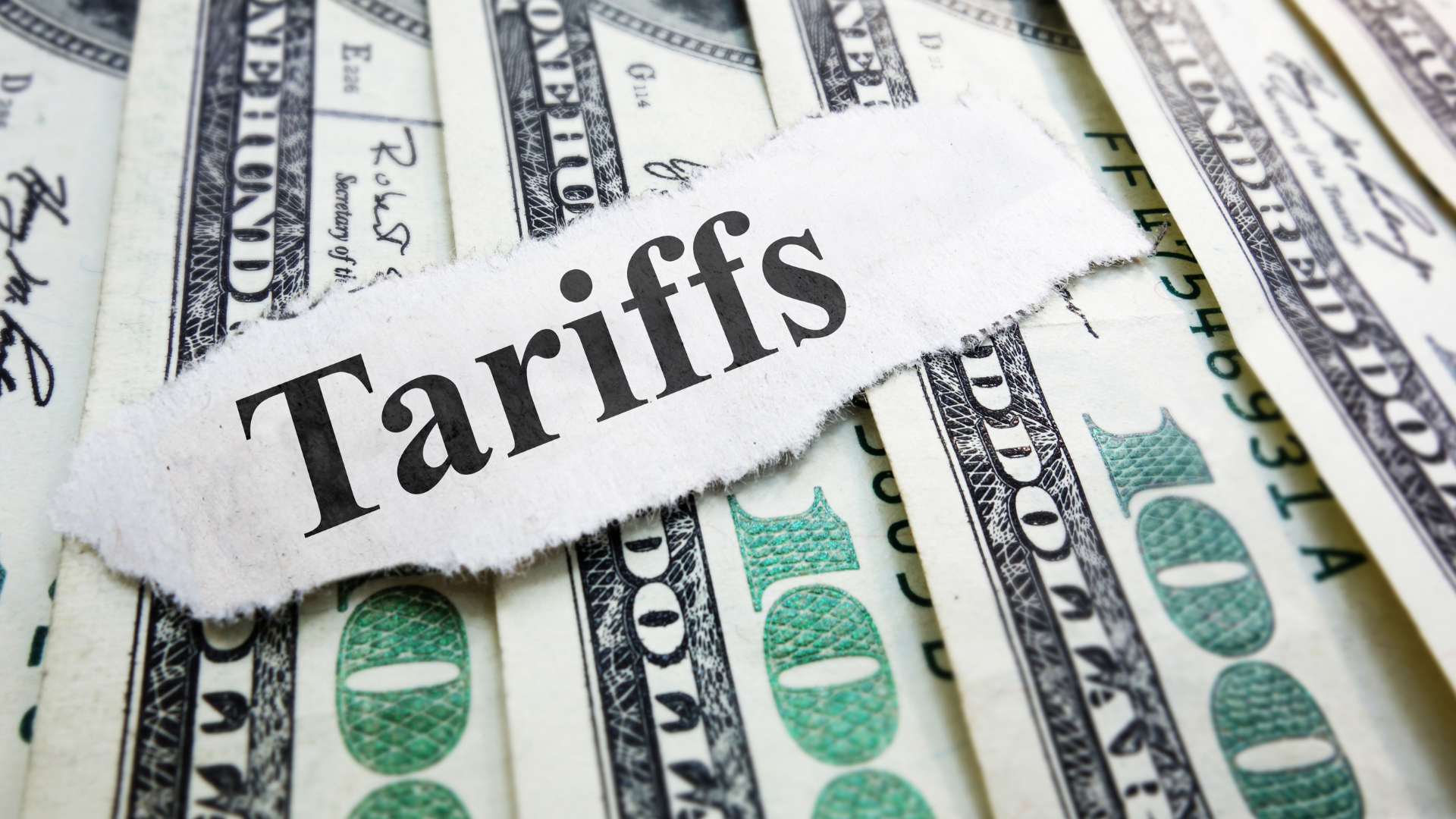Index of content
Beginner’s Guide to Technical Analysis
Traders and investors can choose from a variety of different methods to analyse the markets. They could base their trading decisions on fundamental analysis, geopolitics, macroeconomic (or macro) data or technical analysis. The most popular of these for many people is technical analysis, particularly for individual retail traders and shorter-term traders.
Technical analysis is defined as the study of previous price movements and historical data to try to predict future price direction. Most technical analysis is based off price action on charts, although market volume, open interest and other technical indicators can also be used to refine the decision-making process.
If you’re new to this field, this simple guide will provide you with an overview of how the study of charts and technical analysis can help identify profitable trading opportunities.
Fundamental vs. Technical Analysis
Broadly speaking, fundamental analysis studies the CAUSE of market movements, while technical analysis studies the EFFECT of this news on asset prices. Fundamental analysis can include the scrutiny of political news (such as elections), geopolitical news (such as wars), macroeconomic news (such as interest rates and inflation) or company financial statements.
On the other hand, technical analysis involves evaluating the value of assets by analysing the actual price movements. Technical analysis can be applied to any financial asset over any time frame, although most technical traders tend to focus on a shorter-term view, holding trades for anything from a few minutes to a few weeks.
Key Concepts in Technical Analysis
There are a few key concepts to understand and accept before starting to use charts and technical analysis.
- Price action discounts everything: You need to understand and accept that anything that can affect the price of an asset is already reflected in the price. This includes news, politics, wars, macroeconomic news, investor psychology, etc. Once you accept this, you can analyse price charts with confidence and conviction .
- Prices move in trends and trends tend to persist: You need to understand and accept that prices move in trends and trends tend to persist longer than you might expect. Trends can be up, down or sideways and can develop over any time frame. The aim of technical traders is to identify a new directional trend (up or down) at the earliest opportunity and then trade in that direction. Certain technical tools can be useful to help define trends, such as moving averages and trendlines.
- History repeats itself: Markets are driven by human beings reacting to changing situations, but human psychology tends not to change over time. As a result, investors’ reactions to events can be predictable, and price patterns and trends that have occurred in the past can be used to predict future moves since these patterns and trends are likely to be repeated in the future.
How to Get Started
- Decide on your preferred time frame: This is really your starting point. How long do you want to hold positions? How much time can you commit to your trading? Do you want to trade off 5-minute charts or hourly charts or daily charts? Are you comfortable holding positions overnight? What other commitments do you have? All these things will contribute to working out your preferred trading timeframe.
- Choose the right chart type: Once you have an idea of your trading timeframe, you need to select the appropriate type of chart. For example, candlestick charts are hugely popular due to their clear representation of price action.
- Identify trends: You may choose to use moving averages to identify underlying trends. For instance, a 50-day moving average (or 50-hour moving average for shorter-term traders) can help you recognise your medium-term trend direction and then you can look for an opportunity to trade in that direction.
- Support and Resistance Levels: This is one of the most basic technical tools, but also one of the most important. Support levels are formed when buyers start to appear in a falling market and push the price back up. The resulting low is called a support level. The more times the price bounces off the same support level (due to buyers returning to buy at the same level as before) the more significant it becomes. Traders can take advantage of these levels to enter the market on the expectation of another bounce but there are also opportunities for profit if/when a support level breaks since a breakdown of an important support level often prompts an aggressive continuation of a previous downtrend. Resistance levels are the exact opposite of support, where sellers enter the market at a specific (high) price and push the market back down. These can be traded in a similar way to support levels.
- Trading Tools: There are many different technical trading tools that can be used to reinforce your opinion about the potential future direction of asset prices. As well as support and resistance levels and trend lines, there are other useful tools such as price patterns (head and shoulders, double tops and bottoms, etc.), Japanese candlestick analysis or Fibonacci retracements and extensions. It is important to understand how to use these tools to set up and execute trades, but you also need to know how to combine different tools together to build a structured and robust technical trading strategy.
- Technical Indicators: These are mathematical calculations, usually based off the price, which provide information about trend direction (such as moving averages) or market momentum (such as Relative Strength Index (RSI), Stochastics or Moving Average Convergence Divergence (MACD)). These indicators are most often used to reinforce the analysis from the other trading tools mentioned above.
- Analyse Trading Volume: Heavy trading volume can reinforce significant price movements, providing additional clues about the strength of a trend… and its future direction. Volume analysis can be quite complex but can be very useful in identifying where the big money is going.
Developing Your Technical Analysis Skills
To become proficient in technical analysis, you must first educate yourself. Many people try to learn from YouTube videos. There are some good YouTube videos, but a lot of poor or inaccurate ones, so it’s important to be able to sort out the good from the bad.
To do this, you need to have a decent understanding of technical tools and indicators and how they are applied to markets. The best way to do this is via a formal structured course in which you have trading mentors available to answer your questions to make sure you’re understanding things correctly.
Technical Analysis for Beginners
If you’re just starting out and you want to check if trading is for you, then our 1-week Introduction to Financial Markets and Technical Analysis course will enable you to dip your toe into the subject without committing too much time or money. This course provides a comprehensive introduction to the basics of financial markets and technical analysis, helping you understand key concepts and how to apply them in real-world trading scenarios.
Applying Technical Analysis in Different Markets
When using technical analysis to trade any financial market, it’s important to remember that no method is foolproof. Combining technical analysis with fundamental analysis or other forms of analysis can enhance your decision-making process. You must also understand how to manage your risk using structured risk management strategies.
For more information on how to develop your financial knowledge and trading skills to start making more informed trading decisions, visit the London Academy of Trading and explore their range of courses designed to help traders at all levels.
Conclusion
Technical analysis is a valuable tool for any trader or investor. By learning to read charts, identify trends, and use trading tools effectively, you can enhance your ability to predict market movements and make more informed investment decisions. Before you commit money to the markets, make sure to equip yourself with the knowledge and skills you’ll need to trade the markets with structure and discipline.





